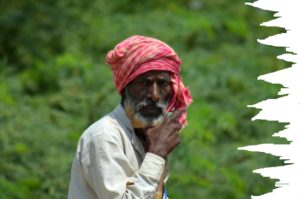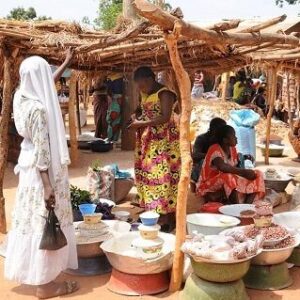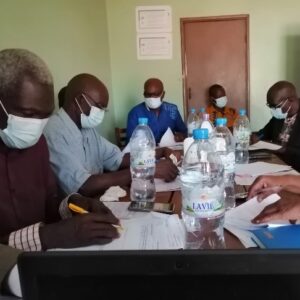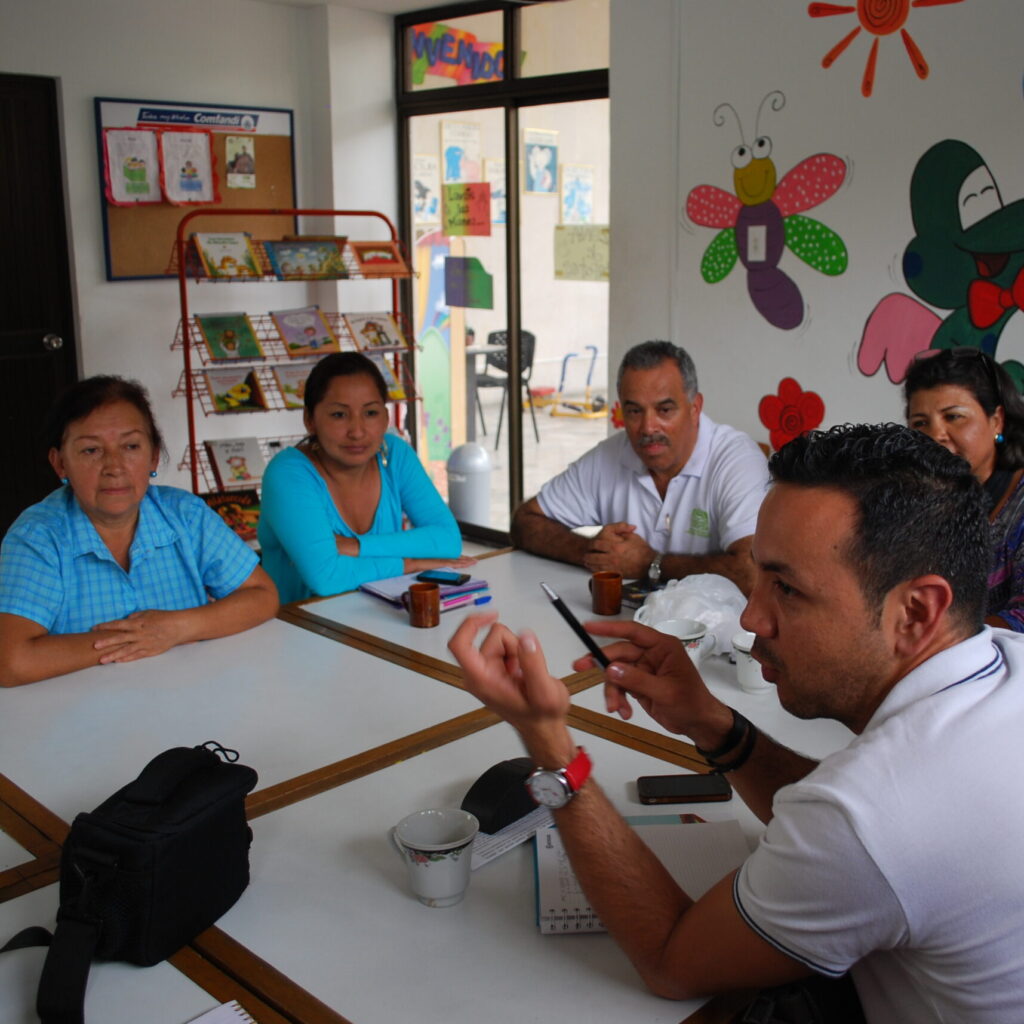Resilience in 9 principles
The resilience objective is too often reduced to bouncing back
to the pre-crisis ‘normal’ situation.
For CERAR, each individual, group or community has the possibilities of going beyond survival,
by mobilizing their capacity of choices to develop positively – even in difficult living conditions –
in a way that corresponds to their values and environments.
Each individual, group and community, even in difficult situations, has the right to be respected as well as to keep hope and prospects for improving their situation, enjoying safe life, recovery from crisis and a more serene future.
Resilience makes it possible to strengthen or give back to individuals and communities reasons for hope, to have prospects for the future and to transform these hopes into mobilizations and actions.
Drivers of resilience are based on the possibilities and strengths that individuals, groups or communities – and those who want to support them – seek to mobilize to go beyond survival, in the everyday improvement of their living conditions, when dealing with crises.
Resilience is a capacity, even under difficult living conditions and even though this may at times seem overwhelming, based and built on the strengths that individuals, groups and communities possess and seek to mobilize in a manner that corresponds. to their values and their environments in order to improve their living conditions according to their hopes and objectives.
Resilience initiatives when dealing with crises, respect individuals, groups and communities as actors of their own choices rather than as dependent and passive victims.
Resilience initiatives put at the center the aspirations of individuals or communities and the capacities to conceive and influence their own future. It thus strengthens self-esteem, social recognition by others as well as individual and collective dignity
Resilience is a long-term, proactive process.
Resilience in its various forms makes it possible to perceive opportunities differently and to act in the long term.
Resilience takes different forms. Immediate survival (coping) is necessary in the face of emergencies, but quickly it is possible to move towards adapting to present conditions and aiming for a transformation of one’s environment to reach lasting impact.
Drivers of resilience recognize and support collective mutual aid which enables better mobilization of forces. The more connected individuals and communities are, the more resilient they can be.
Resilience depends on bridging, linking and bonding social capital. Internal cohesion within the community or group (bonding) enables collective mobilization. Links between groups or communities (bridging) allow the sharing of resources and experiences. The ability to mobilize external actors (linking), especially humanitarian actors, allows access to complementary skills, resources and knowledge.
Drivers of resilience are embedded in cultures and adapt to environmental conditions. Resilience is therefore localized.
Transformative resilience is part of cultural sensitivity. As essential factors in building resilience, culture and environment help to restore social meaning to relationships and improve understanding of crises.
Resilience varies, is transmitted and strengthened. It is an ongoing process and not an act. This reinforcement can be carried out in particular by building individual and collective capacities and supporting local initiatives.
At the individual, family and community levels, resilience strengthening is based on social recognition, mutualisation of means of livelihoods, individual and collective capacities enhancement and diversifying social capital.
Drivers of transformative resilience include initiatives for stabilization, institutional strengthening, environmental preservation and mainstreaming inclusiveness.
At the regional and national levels, resilience strengthening focuses on institutional, environmental and legal enhancement as well as on the reduction of inequalities and discrimination, and a collective change of mentalities.
Humanitarian or development work in protracted crises must seek to enhance transformative resilience with affected communities and people.
La résilience permet de renforcer ou de redonner aux individus et aux communautés des raisons d’espérer, d’avoir des perspectives d’avenir et de transformer ces espoirs en mobilisations et actions.



